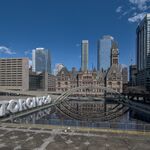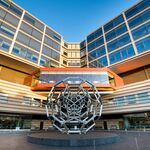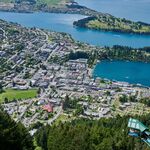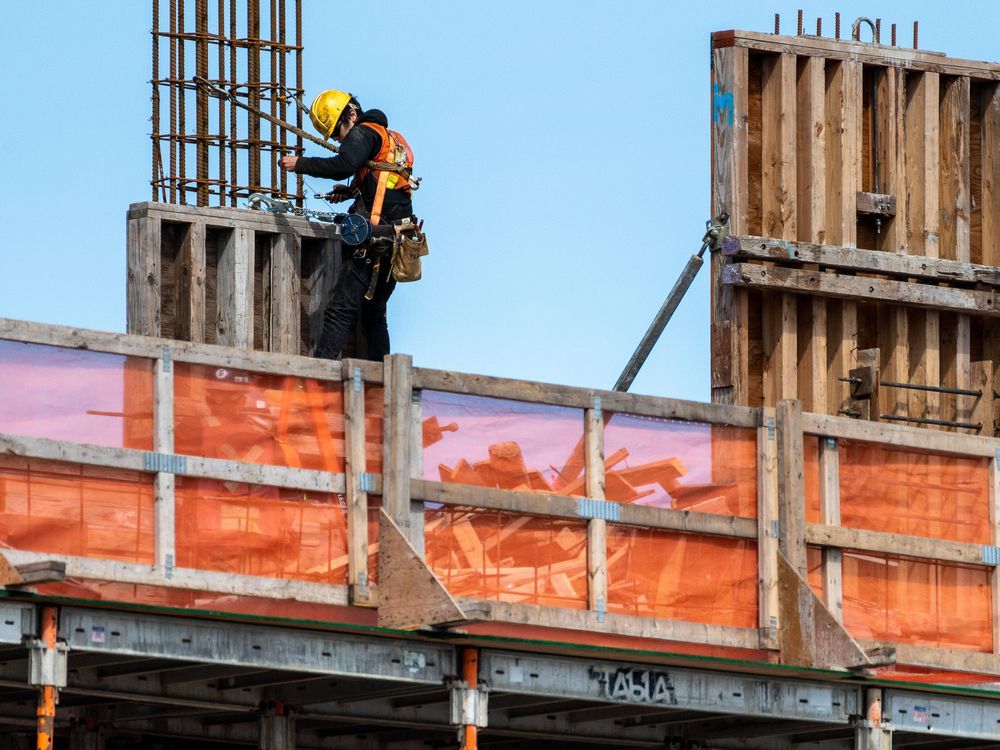CBBarnett
Senior Member
In a contemporary context, the biggest determinant of "livable" housing is if someone can afford to live there. This is especially true for this specific location in Altadore that is largely sandwiched between two of the wealthiest neighbourhoods in Calgary. This isn't Industrial Revolution-era dystopia where we are arguing that houses should have running water to be "livable". The number of parking stalls being 0, 5 or 10 for these townhomes isn't close to a factor in determining "livability". Parking stalls are just an amenity like anything else.I stopped reading when I read this; "they’re actually not producing livable housing". Another useless comment by a useless CA! lol
These infills aren't likely to be cheap - but they are the only thing close to affordable, new construction in the area that is ground and family-oriented. Most critically, the supply created today will be yet another option for someone purchasing or renting 20 years from now. Just like how the most affordable options in the area now are the non-mansion infills from 20-30 years ago.
The neighbourhood stability argument is also completely disingenuous. Stability is not the same as a neighbourhood that doesn't change. Unstable neighbourhoods are monocultures where every building is the same age, same size, same income levels to support. These neighbourhoods can appear to do fine for a while, but all it takes a slight shift in economics, demographics and consumer demand and the neighbourhood is obsolete.
Best example of this is nearly all of Calgary's 1970s and 1980s era suburbs. They are not stable; they are stagnant and slowly dying - schools closing, aging infrastructure, declining populations. All of this is because they are inefficient monocultures. The great irony is that Altadore avoided the same fate by allowing developments like this, not by preventing them.
Not updating your housing stock is recipe for stagnation and instability. Diverse housing is the key to everything - different people can live here, with different life stages and needs, with different income levels throughout their life, and if there's enough supply - this can exist essentially forever.





